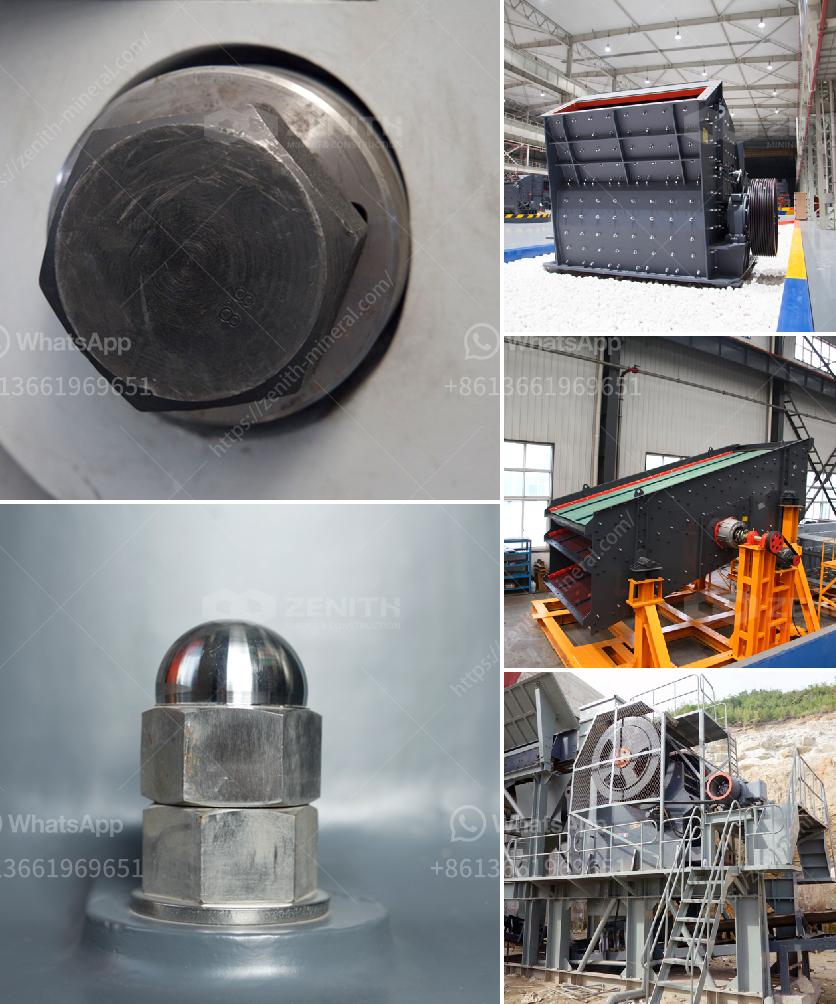The mining process for fluorite involves several steps, each critical to extracting this important mineral effectively.
Exploration: This is the initial stage where geologists identify and map out potential fluorite deposits using various geological surveys and methods such as drilling.
Prospecting: Once a potential site is found, it is subjected to further testing and analysis to determine the quality and quantity of fluorite present. This involves more detailed drilling, sampling, and laboratory testing.
Permitting: Before mining can commence, the mining company must obtain all necessary legal permits and work with governmental and environmental agencies to ensure compliance with regulations.
Extraction: Depending on the location and configuration of the fluorite deposit, different mining methods are used.
Blasting and Hauling: In both mining methods, controlled explosives are often used to break up the ore for easier extraction. The fragmented ore is then transported to the processing plant.
Processing: The extracted fluorite ore undergoes several steps to increase its purity:
Refining: If higher purity is required, the fluorite may be subjected to additional refining processes to remove impurities.
Transportation: The purified fluorite is then transported to markets or manufacturing plants where it will be used in various industrial applications, such as in the production of hydrofluoric acid, as a flux in steelmaking, or in the manufacture of opalescent glass.
Each of these steps requires careful planning, skilled labor, and advanced technology to ensure the efficient and environmentally responsible production of fluorite.

